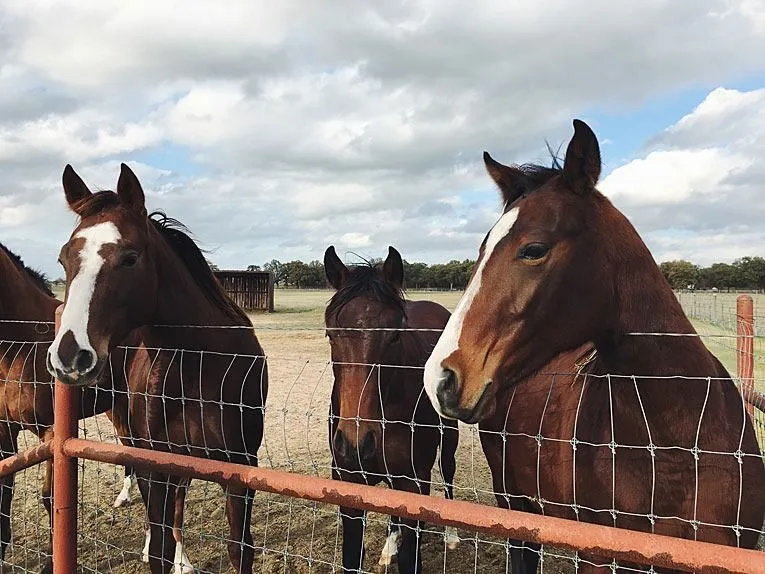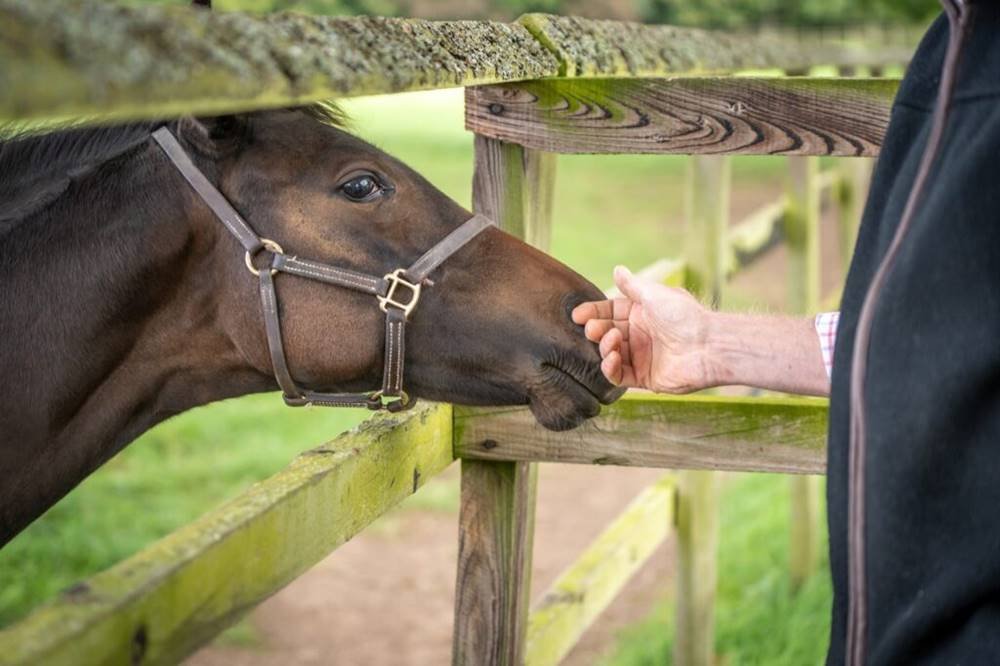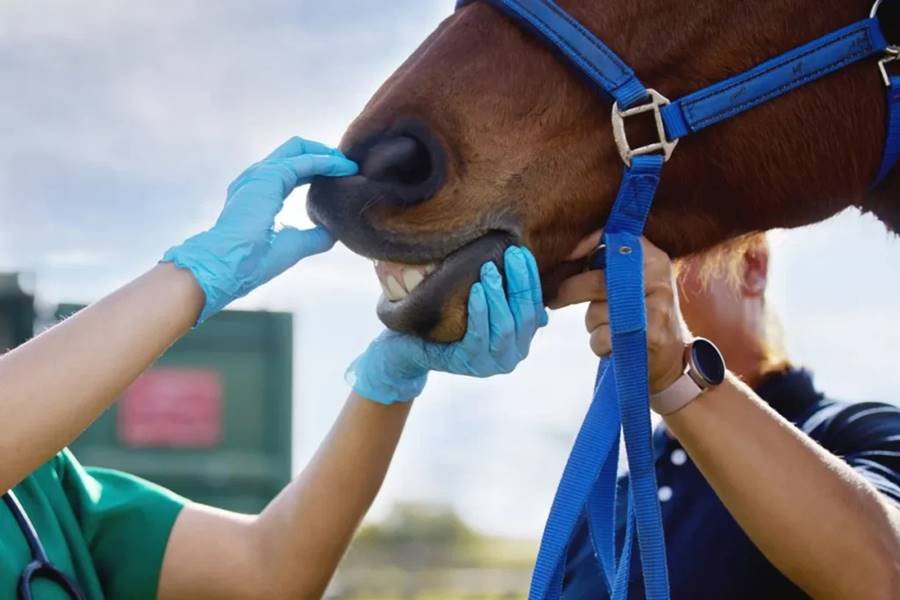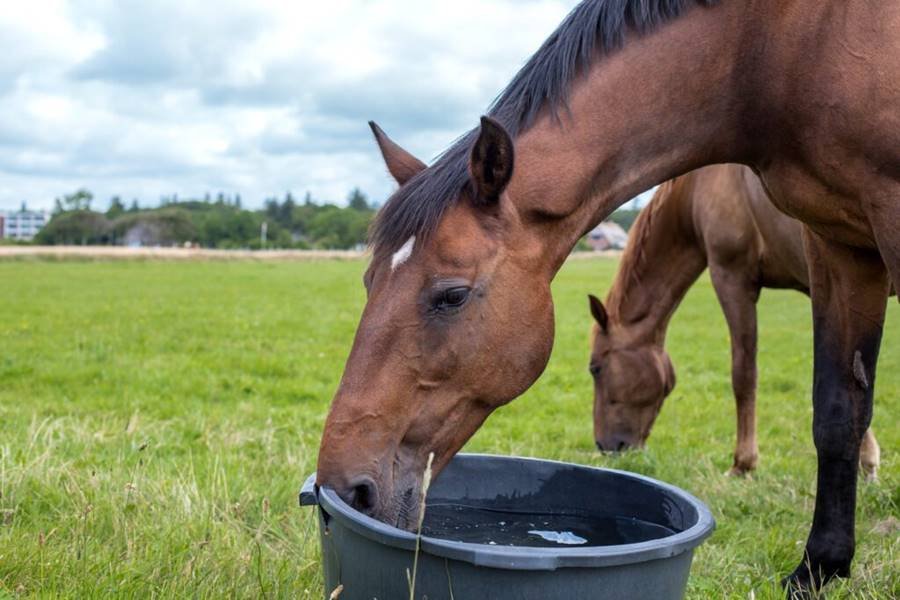Understanding a horse’s dietary preferences is essential for providing proper nutrition that supports its health, performance, and overall well-being.
Horses, like humans, have individual tastes and preferences when it comes to food, and these can be influenced by various factors such as breed, age, health, and past experiences. Testing a horse’s dietary preferences involves careful observation, controlled experiments, and monitoring the horse’s responses to different food items. In this article, we will explore methods to test a horse’s food preferences and how this knowledge can benefit both horse owners and the horses themselves.
1. Understanding Horse Nutrition Needs
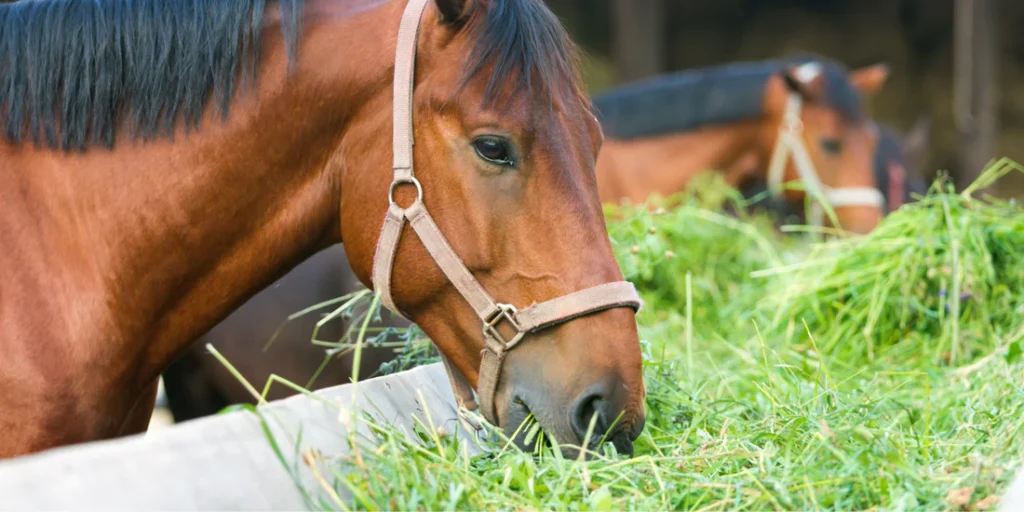
Before diving into testing a horse’s dietary preferences, it’s essential to understand the basic nutritional needs of horses. Horses are herbivores and require a diet that provides adequate fiber, carbohydrates, protein, vitamins, and minerals. The primary components of a horse’s diet typically include hay, grass, grains, and a variety of supplements. Their digestive system is specifically designed for the slow and continuous intake of fibrous materials, which is why it is critical to provide them with a consistent food supply.
However, not all horses will react the same way to various foods. Some may prefer sweeter treats, like apples or carrots, while others might lean toward more fibrous options like hay or grass. Identifying these preferences can help ensure that a horse is getting enough of the right nutrients, while also offering enrichment and satisfaction in their diet.
2. Factors That Influence Dietary Preferences

Several factors can influence a horse’s food preferences. These include:
- Age: Younger horses may prefer sweeter, easier-to-chew food, while older horses may have a preference for more fibrous or softer textures, especially if they have dental issues.
- Health: Horses with certain medical conditions (e.g., ulcers, laminitis) may develop food preferences based on how the food affects their condition. For example, a horse with gastric ulcers might avoid acidic foods.
- Breed: Some breeds may show a preference for certain food types due to historical dietary habits.
- Environmental Factors: Horses may develop preferences based on availability. If they are constantly fed one type of food, they might develop a strong preference for it.
- Past Experiences: Horses, like other animals, can form associations with specific foods, particularly if they’ve had positive or negative experiences related to the food.
3. Methods for Testing Dietary Preferences
Testing a horse’s food preferences involves offering a variety of food types in a controlled manner. Here are a few methods to consider:
A. The Choice Test: The most straightforward way to assess a horse’s food preferences is by conducting a choice test. In this test, the horse is presented with two or more food options simultaneously, and their consumption is observed. This method is often conducted by placing the food items in separate containers or sections of a feeding area to allow the horse to choose freely.
To run an effective choice test:
- Offer the horse a selection of familiar foods such as hay, grass, apples, carrots, and grains.
- Observe which food the horse gravitates toward first and spends the most time eating.
- Record the results over several days to account for variations in the horse’s mood or environmental factors.
B. Behavioral Observations: Beyond directly observing what a horse eats, it’s also helpful to observe the horse’s behavior around different foods. For instance, does the horse show excitement when presented with a particular food? Does it sniff or nibble cautiously before deciding whether to eat it? Such behavior can be an indicator of preference, even if the horse doesn’t eat the food immediately.
C. Testing with New Foods: Introducing new foods into the diet can also provide insight into a horse’s preferences. When offering a new food item, it’s essential to monitor the horse’s reaction to it. Does the horse eagerly approach the food or show disinterest? Does it reject the food after tasting it? Additionally, testing new foods over a period of time, rather than in a single instance, can help reveal long-term preferences or aversions.
D. The Social Test: Horses are social animals, and they may be influenced by the behavior of other horses when it comes to food preferences. Testing with a social group can be insightful. Offer different foods to a group of horses and observe which ones are favored collectively. If one horse shows a strong preference for a particular food, others in the group may follow suit.
4. Interpreting the Results
Once data is gathered from the choice tests and behavioral observations, the results should be interpreted with care. A horse’s preference for a certain food does not necessarily mean it’s the healthiest option for them. For example, if a horse shows a strong preference for sugary treats like apples or carrots, it’s important to balance these preferences with their nutritional needs and avoid overfeeding sugary snacks, which could lead to health issues like colic or obesity.
It’s also important to note that horses’ preferences can change over time, influenced by seasonal availability, environmental changes, or shifts in health. Regular monitoring and adjusting the diet based on the results of preference tests will help maintain a well-balanced and enjoyable feeding regimen.
5. Benefits of Understanding Dietary Preferences
Understanding a horse’s food preferences provides several benefits:
- Improved Nutrition: By offering food that the horse enjoys, it’s more likely to eat the necessary nutrients and consume an adequate amount of food.
- Behavioral Enrichment: Horses are more likely to be mentally stimulated and satisfied if they have variety and choice in their diet.
- Health Monitoring: Understanding preferences can help detect early signs of health issues, as changes in eating habits can signal discomfort or illness.
- Optimized Performance: For performance horses, dietary preferences can be incorporated into training regimens to keep the horse motivated and satisfied.

